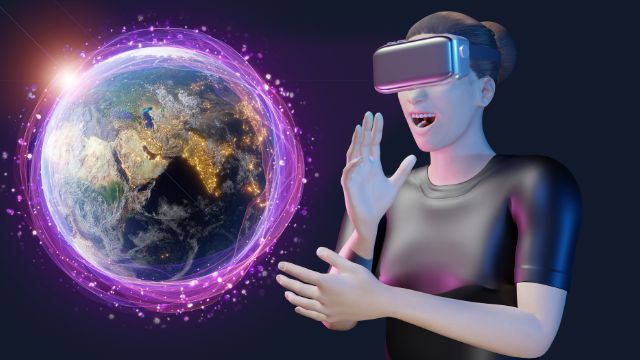In the ever-evolving digital world, subtle art plays a crucial role: replicating tangible sensations. When navigating a virtual landscape, users don’t just want to see it; they want to feel it. At the core of this immersive experience lie 3D materials, the magic behind rendering virtual textures and surfaces. But what goes into crafting these simulated sensations, and how do they trick our senses into believing the virtual is real? Dive deep into this captivating topic to discover the layers of realism painted by 3D assets.
1. Beyond the Visuals: The Importance of Texture
In our physical world, textures are everywhere. From the coarse feel of a brick wall to the softness of a woolen sweater, our daily interactions are rich with tactile experiences. Translating this to the digital space is no easy feat. Textures give objects their character and depth. They tell a story, provide context, and enhance realism. In a game, for instance, the rough terrain under a character’s feet or the rust on an old car contributes to the overall ambiance and user engagement.

2. How 3D Materials Create Illusions
Have you ever wondered how a digital apple can look so real that you can almost feel its smooth skin? The answer lies in the art of using 3D assets. These materials dictate how surfaces respond to light, be it reflection, refraction, or absorption. By simulating how light interacts with different surfaces in the real world, digital platforms can craft astonishingly lifelike textures. It’s like setting the stage lights for a grand performance.
3. The Science Behind the Art
At its core, creating virtual textures is deeply rooted in science. Each material has unique properties, determining how it interacts with its environment. Leather doesn’t reflect light the same way as metal does. 3D assets utilize complex algorithms and data to replicate these interactions. Moreover, data from real-world objects can be captured, analyzed, and then implemented into software to create accurate digital replicas. The digital world thus becomes a playground of both art and science.
4. Interactivity and Feedback
The journey doesn’t end at merely looking real. For a truly immersive experience, these textures need to be interactive. Imagine a virtual pottery game where the clay feels soft and moldable. This is achieved through haptic feedback devices, which use 3D assets data to relay tactile sensations back to the user. It’s like a loop: the user touches, the material responds, and the user feels the response. This interactivity blurs the lines between the tangible and intangible.
5. The Future of Tactile Digital Experiences
As technology races forward, the quest for realism in the digital realm is only intensifying. With augmented and virtual reality advancements, the demand for high-quality 3D assets is skyrocketing. Future virtual spaces might be places to see and environments to touch, hold, and feel. The world of tactile digital sensations is still in its infancy, but its potential is limitless.
Adobe states, “Created by world-class artists for every industry, the Substance 3D asset library brings what you need to your creative workflow.”
Bridging the gap between the digital and the real is a meticulous process anchored firmly by 3D assets. These unsung heroes paint the virtual world with layers of realism, enabling users to see and feel. As the lines between our physical and digital worlds continue to blur, the science and art of simulated textures and surfaces will play an increasingly pivotal role. It’s not just about looking real; it’s about feeling real. And in this quest for authenticity, 3D assets stand as the torchbearers, lighting the way into a future of unparalleled digital immersion.
Also Read:
- What is Virtual Bookkeeping: Benefits and Importance
- Feeling the Virtual World
- How can you find the best and cost effective virtual office in the Delhi City?














